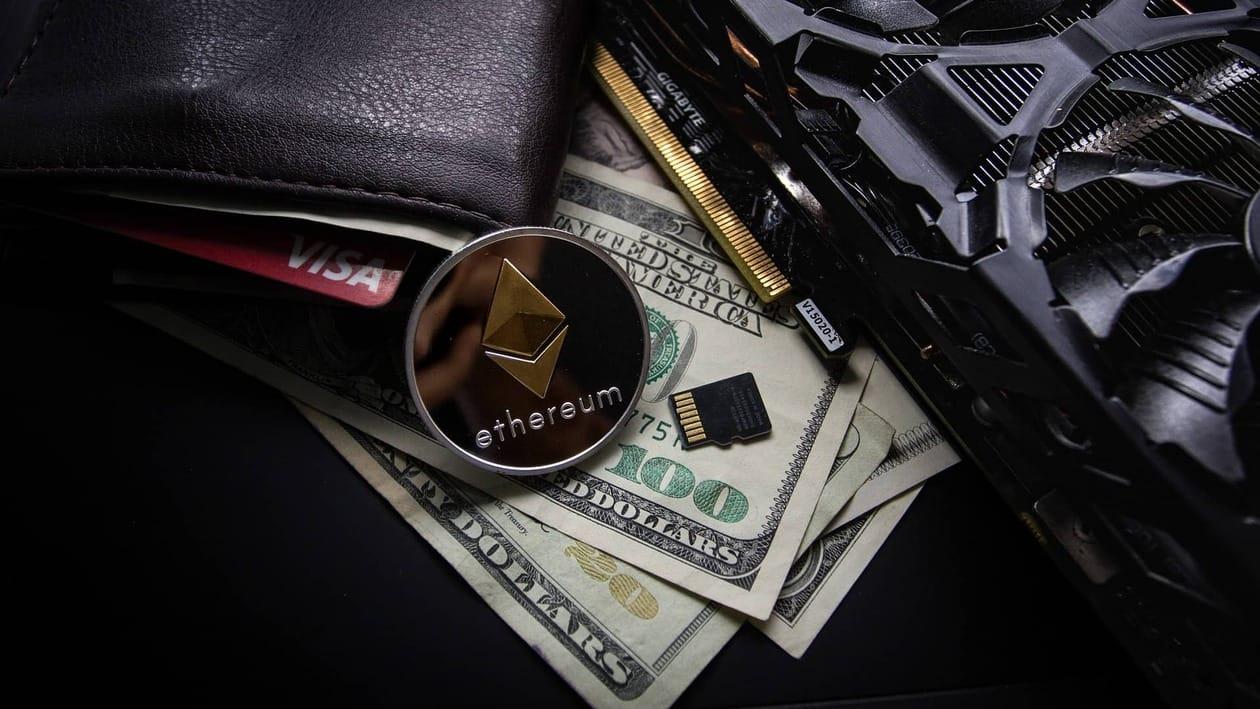The world still “thinks” of wealth in terms of Dollars – it’s a bad habit – it will take some time to go. In the interim, stablecoins were designed to make life easier for the crypto participants. A cryptocurrency whose value is pegged to the dollar or any other fiat currency for the matter.
Why would the world want a cryptocurrency whose value is pegged? As we said, the world thinks of wealth in terms of Dollars. Your portfolio’s performance in terms of Dollar appreciation or depreciation would endow you with satisfaction or sadness respectively – isn’t it? And in case you want to park your funds – you would like that to be in Dollars again – it’s because we are habituated to perceive value in terms of Dollar. So, when we found Bitcoins and Ethereums being too volatile, we thought of having a stablecoin – a representative of Dollar in the crypto-ecosystem – and created Stablecoins – with value pegged to Dollar.
First came BitUSD from Dan Larimer and Charles Hoskinson, launched in 2014 July, backed by volatile cryptos and BitShares tokens it lost its peg in 2018. NuBits was next to launch in 2014 September, survived a depegging crash in 2016 and then in 2018 lost its peg forever. The depeggings coincided with the Dec 2017 Crypto price meltdown from $20k to $3k within a span of 1 year – hitting the low in Dec 2018.
2015 witnessed a more stable version of stablecoin launched with the backing of Fiat – the Tether, which survived the 2017-18 crash better than the Crypto backed stablecoins. It was backed by the Dollar. Now, this made a lot of sense – every coin minted was collateralized with a dollar by a Trusted Entity. With only one problem – you have to “trust” that entity. The trust has been later questioned by regulatory authorities – but fortunately, the stability of the stablecoin has remained intact. So, now we got an asset-backed stablecoin.
Innovation pursued and we got several different asset backed stablecoins – commodity backed, Fiat backed and Crypto backed. One small question if the backing assets are unstable, how the stability or the peg is going to be insured?
Then appeared the algorithmic stablecoins – the stablecoins which aren’t back by ANY assets!!! So, now you don’t have any collaterals at all!!!
How does this work? This can be worked out in three ways: Rebasing – which essentially means the token’s value is controlled by the supply of the token – like Ampleforth. The second method is how Terra Luna maintained its peg before it lost it – it is called Seigniorage.
Seigniorage coins are created in pair and their values are linked – then one’s value is pegged to the dollar and the other is kept variable. Depending on the cumulative supply and demand and arbitrage between the coins – the value peg is maintained. Then there are a third variety – called Fractional-algorithmic stablecoins – which are a hybrid of collateralized and algorithmic stablecoins with partial collateralization with assets and partial Seigniorage or Rebasing like Frax.
I can make sense of a dollar to dollar fiat backing system working well in the environment to maintain stability – however, if one end is unstable and in particular volatile then under stressful market conditions and thin market participation the algorithms might come under duress leading to a depegging. So, algorithmic stablecoins and unstable asset based stablecoins do present some amount of discomfort in contrast to dollar backed stablecoins.
In continuum of this conundrum I wish the world reverts back to simplification and stability in the name of stablecoins. This is mostly because, the financial engineering behind Algorithmic Stablecoins and their performance so far somewhere reminds us of the Credit Tranche constructs during subprime mortgage crisis – which, also formed the backdrop of the release of Bitcoin – a simple, safe and slow network for peer-to-peer electronic payments. Also, I wish the world’s investment thought peg to the dollar gets de-pegged.
I asked a friend of mine – “What is the purchasing power of Bitcoin?” “20K dollars” pat came the reply. I followed up my question – “What is the purchasing power of Dollar?” Silence followed.
Words evoke thoughts – Silence constructs them.
Ajoy Pathak is a Blockchain Evangelist with CryptoWire, a first port of call for entry into blockchain and cryptocurrencies.
